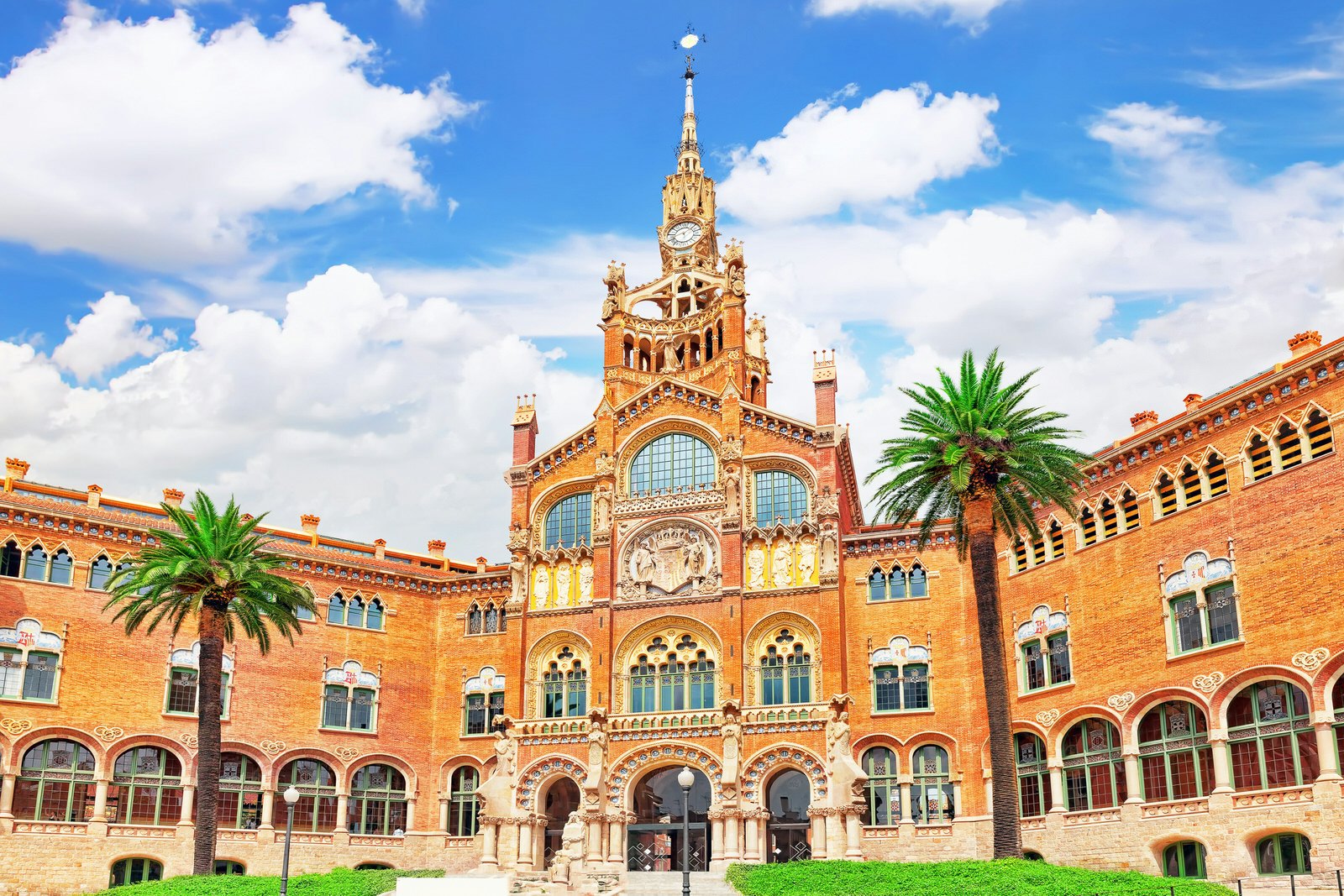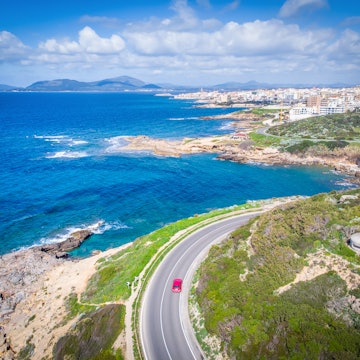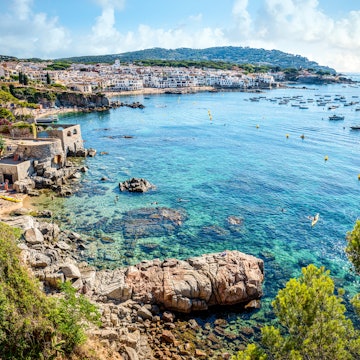

The mosaic chimneys on the roof of Palau Güell © Lisa A / Shutterstock
Lonely Planet Local Esme Fox first fell in love with Barcelona over 10 years ago on a rail trip around Spain, and nowadays she's lucky enough to call the city her home. She particularly loves the way that Barcelona still surprises her, even after all this time. Every time you round a corner, there’s a chance you could happen upon a vibrant festival, an outdoor concert, a new piece of street art or a stunning architectural gem you’d never noticed before.

When I have friends in town… I take them to some of Barcelona's most underrated sights: the Recinte Modernista de Sant Pau, an old hospital that is now a Unesco World Heritage Site and the largest Modernista complex in the world; and the Palau Güell, one of Gaudí’s first designs, and infinitely less crowded than the more famous La Pedrera and Casa Batlló. I never take them to La Rambla. It may be iconic, but it's too busy, and the kebab places, Irish pubs and souvenir shops are not what the city is about – the side streets are so much better.

When I’m up for a night out… I head to Gràcia with its lively nightlife, vibrant squares, international restaurants and excellent bars. One of my favourite places is El Ciclista Cocktail Bar, where bicycle parts have been turned into tables, lamps and wall art. They also serve an excellent array of gin and tonics. Any of the bars with outdoor terraces on Plaça de la Virreina or Plaça del Sol are also good options.

A typical weekend involves... going to the beach in summer – it’s often too hot for anything else. I hardly ever go to the city beaches though, as they’re too crowded and not as clean as those outside. Instead, I take the train around 30 minutes north or south to places such as Caldes d’Estrac or Sitges. When the weather gets slightly cooler, you’ll find me hiking in the hills of the Parc de Collserola admiring the views and looking out for wild boar. I also make the most of city events such as open days, markets and exhibitions.
The best thing about Barcelona is… the festivals. There are so many here that there’s something on almost every weekend. You’ll find everything from coffee and wine festivals to architecture weeks and fiestas celebrating local culture. Some of my favourite festivals are La Mercé in September, when the whole city celebrates with free concerts, street theatre and parades; Santa Eulàlia in February, with light installations set up across the city; and the Festa Major de Gràcia in August, where residents compete to have the best-decorated street.
For cheap eats… go international. There are many Italian expats who have opened a myriad of eateries in the city, and you’ll find pizza or piadina (grilled Italian flatbreads filled with various ingredients) shops on every other corner. Huge pizza slices cost around €2 each and you can grab a filling piadina for around €5. For something more Spanish, head to Carrer Blai in Poble Sec, where the whole street is filled with Basque-style pintxos bars. Here, these tasty bites cost between €1–€1.50 each.

Barcelona can be very touristy, but… if you know where to go, it’s very easy to find your own space. There are so many different neighbourhoods to explore, each with its own personality, but most visitors tend to stick to the same central areas. Head further out to explore the quieter barrios and experience the local way of life, whilst discovering lesser-known sights. Both Sarrià and Pedralbes are good options, home to an array of intriguing places such as the Pavellons Güell with its intricate dragon gate, and the Museu-Monestir de Pedralbes, an elegant monastery.

Travellers should know... that they are in Catalonia, a unique region with its own language, history, cuisine and traditions. Don’t go looking for flamenco, paella or sangria here: instead watch locals dance the sardana, dine on butifarra (local sausage) or cargols (snails), and go to see local traditions such as correfocs (parades with devils and fireworks) and castellers (human towers). Catalonia has a strong independence movement, so avoid generalisations about Spain, which may offend people. Learning a few phrases in Catalan will also go a long way to earning you some extra brownie points with the locals.
When I want to get out of the city… I head for the beaches or the mountains – we are lucky here that we have both. One of my favourite areas is the Costa Brava, studded with quaint villages, hidden inlets and clifftop trails. I particularly love the charming whitewashed town of Cadaqués and the medieval village of Besalú, with its photogenic stone bridge.
















